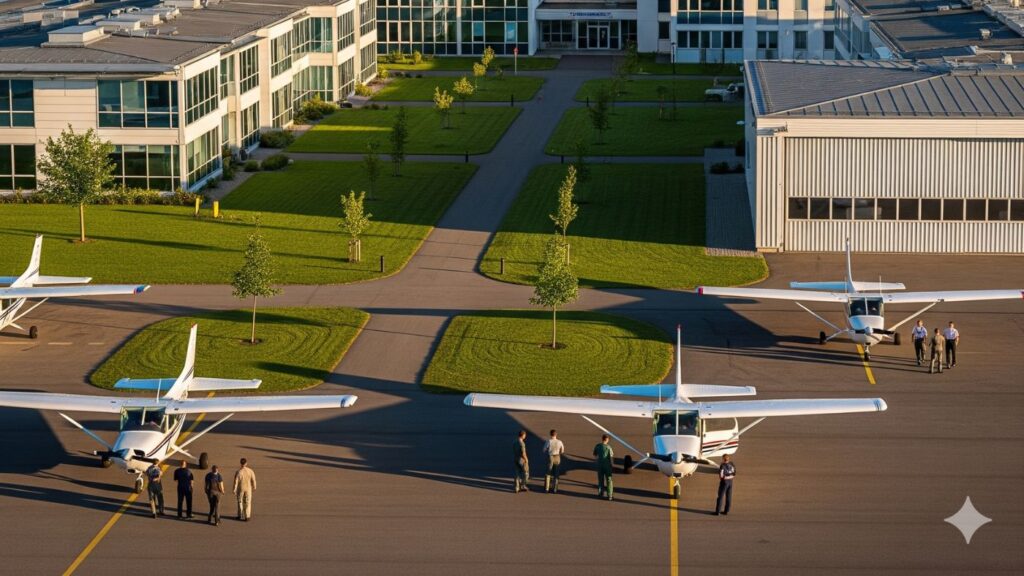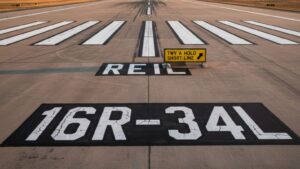There is no doubt that the aviation industry is in a tight spot. On one side, a lot of people are ready to get on planes. On the other hand, a growing gap in the cockpit could slow down operations and growth. In the middle of all this chaos, aspiring pilots have more to gain than ever before, but only if they are ready to deal with a higher level of difficulty. Let’s look into the pilot shortage that is expected to hit this year and what it means for people who want to fly in the future.
What Is Causing the Pilot Shortage?
Two strong trends have come together:
- Lots of people are retiring
A law that requires pilots to retire at age 65 is causing a lot of open positions. In the next twenty years, about 80,000 airline pilots in the U.S. will reach that limit. The middle of the 2020s is thought to be the worst time. Some studies say that the gap could reach 24,000 in North America in 2026.
- A rise in global demand
Air travel for business is on the rise again. Airbus states that by 2044, the world’s fleet will almost double, which will need about 43,420 new planes and a lot of new crews. Boeing states that over the next 20 years, there will be a need for 674,000 new pilots, 123,000 of whom will be in North America.
How Bad Is the Gap?
Even though the ability to train more people is growing, it still isn’t keeping up with demand. Despite improvements, Oliver Wyman warned that North America could be short of 13,000 pilots by 2032. The global shortage, on the other hand, is still very high. The U.S. Bureau of Labor Statistics estimates that there will be about 18,500 openings for airline and commercial pilots every year.
Regional carriers feel it the most. In the U.S., many flights are grounded every day because there aren’t enough crew members. Some smaller markets have lost up to half of their scheduled flights.
Why Isn’t Training Keeping Up?
There are still a number of systemic problems:
- There aren’t enough instructors, simulators and planes at flight schools.
- Training costs are high: Getting 1,500 flight hours can cost between $70,000 and $100,000.
- After the pandemic, many pilots retired early during COVID, making the staffing gaps even worse.
These pressures are being dealt with slowly, but the demand curve is still getting steeper.
What Does This Mean for People Who Want to Be Pilots?
This environment has both good and bad things to say for people who want to be pilots:
There are many chances.
Airlines are still hiring more people at major carriers. Every year, American, Delta, Southwest and United hire thousands of new pilots. Pay is also going up, especially at regional operators, where signing bonuses are more than $100,000.
There is real competition.
The high costs and need for training make the field smaller. Future pilots need to find money or scholarships, and the job market is unstable, especially at smaller airlines.
The path of your career is changing.
Many airlines now have cadet pipelines that take people from being zero-hour trainees to first officers on their flagship carriers. This structured path can make things easier, but it also has deadlines, performance requirements and often contractual obligations.
There are problems with diversity and access.
There aren’t many women or under-represented minorities who are pilots around the world; only about 5% are women. Through targeted scholarship and recruitment programs, that gap is starting to close, but there is still a long way to go.
What Is the Industry Doing?
Airlines, government agencies and training schools are getting ready with:
- Cadet programs and partnerships: United, American and other airlines pay for multi-stage training, which makes it easier for students to get to the cockpit.
- Higher pay: Regional airlines are giving pilots big bonuses and pay raises to keep them and get new ones.
- Regulatory flexibility: The FAA is looking into ways to speed up training and certification, but safety is still the most important thing.
- Global cooperation: Airlines and regulators in Australia, Asia and Latin America are working together to increase local training so that they don’t have to rely as much on pilots trained in the U.S. and Europe.
Still, it takes time to build up infrastructure. New training airports and hybrid simulator/flight setups are still expensive and often don’t get enough money.
Tips for People Who Want to Be Pilots
Plan your money early: Look into loan options and scholarship programs offered by airlines or aviation organisations.
- Think about cadet programs: Airline academies can help you find a job more easily by giving you a clear path to follow.
- Get more time to teach: Many pilots get experience by teaching others how to fly; it’s a hard but quick way to get hours.
- Networking is important: Connect with people from your training, recruiters and pilot groups. Connections in the business world can lead to a lot of chances.
The Concluding Note
The pilot shortage of 2025 is both a problem and an opportunity. The aviation industry is in a race to hire more staff before the number of passengers exceeds the number of available staff. For people who want to be pilots, this is a rare chance, but it takes work, money and careful planning.
If you are motivated, strong and ready, you are closer than you have been in years to getting a seat in the cockpit. Training might be hard and expensive, but the reward, flying above the clouds and building a career in one of the most exciting fields on Earth, is right here.










